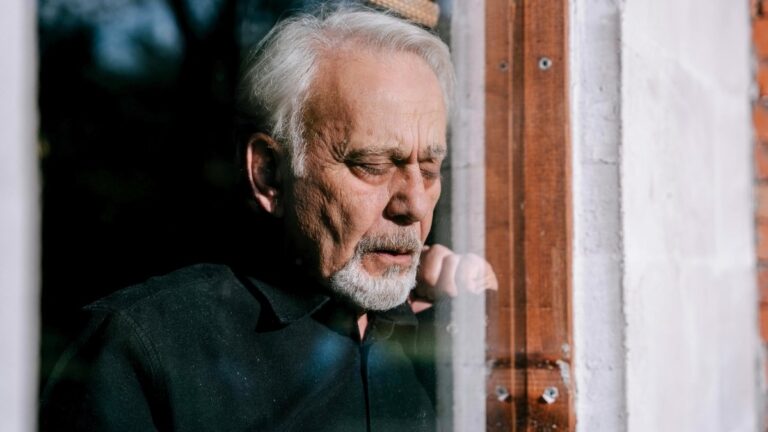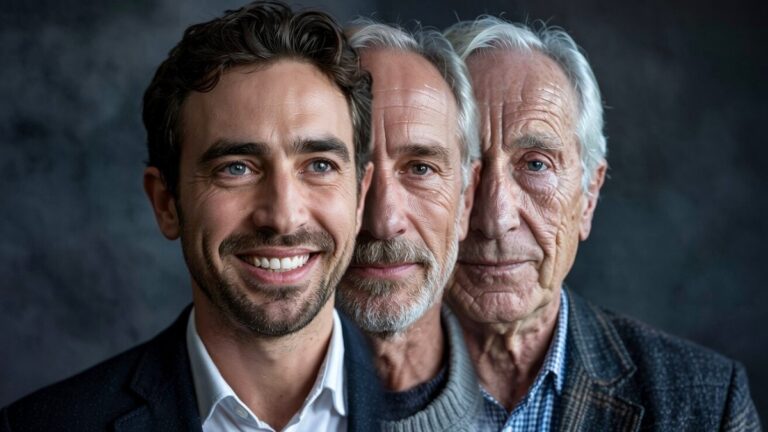Your Genes Aren’t Your Destiny: How EPIGENETICS Lets You Reprogram Your Aging Journey (Unlock Your Body’s Hidden Potential!)
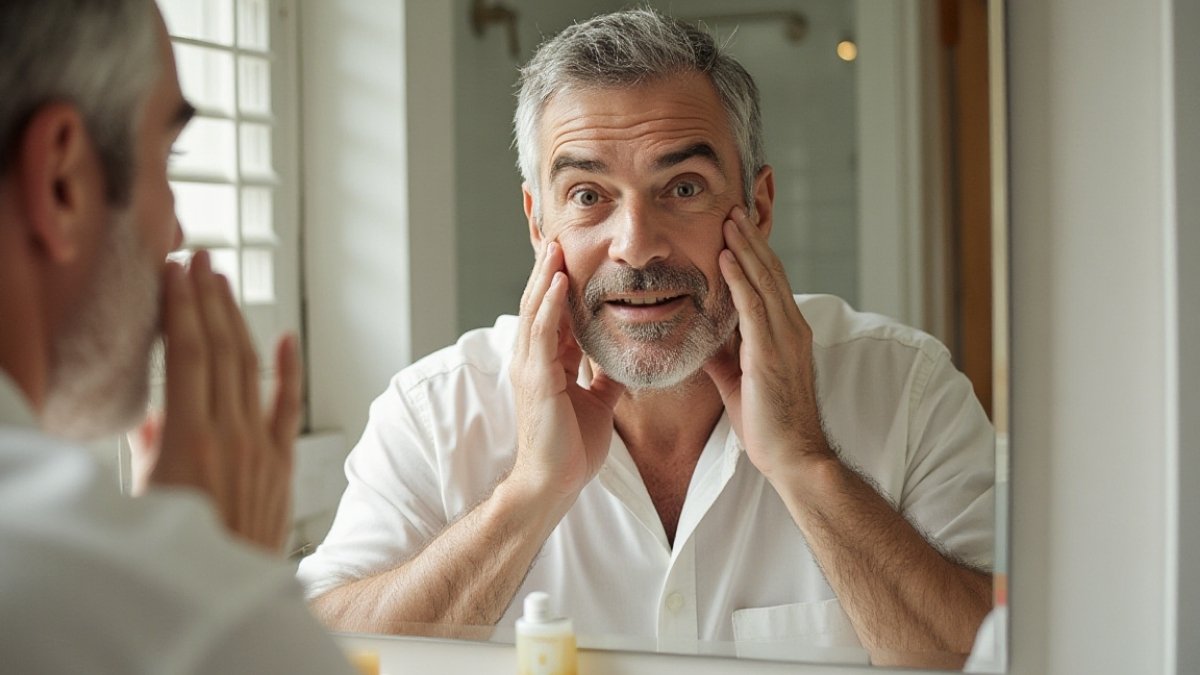
What if I told you that your 40-year-old cells could function like they’re 25 again? It sounds too good to be true, but epigenetics and aging research proves it’s possible. Your genes aren’t your destiny – they’re just the starting point.
Most people feel stuck with their family health history. If your parents had heart disease or diabetes, you think you’re doomed to get them too. If your family ages fast, you expect to follow the same path.
But here’s what changes everything: your genes are like light switches that can be turned on or off. What you eat, how you move, when you sleep, and how you handle stress controls those switches. This is called gene expression lifestyle changes, and it gives you power over your biology.
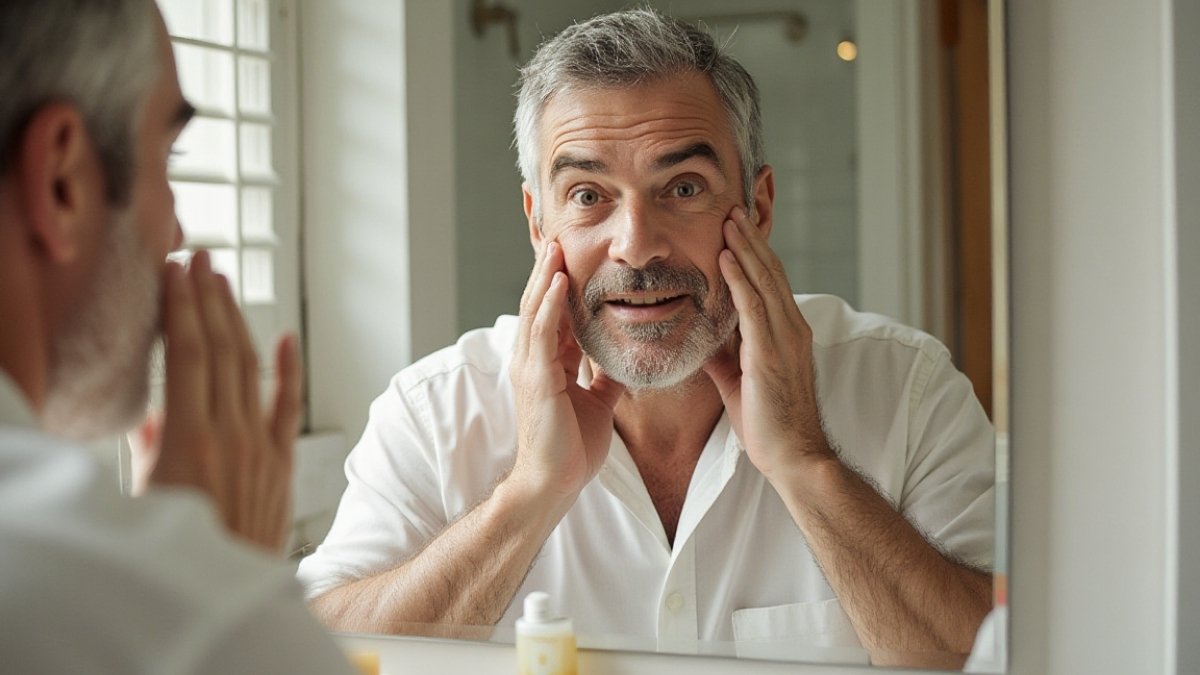
The science is clear. Identical twins with the same DNA can age completely differently based on their choices. One twin can have the cells of a 35-year-old while the other has 55-year-old cells – same genes, different genetic destiny.
In this article, you’ll learn exactly how to flip your genetic switches for longevity. You’ll discover specific foods that turn on youth genes and turn off aging genes. You’ll get simple exercise protocols that reverse cellular damage and stress-reduction techniques that protect your DNA.
Most importantly, you’ll see real examples of people who’ve reversed their biological age by 10-20 years. They didn’t need expensive treatments or perfect genetics. They just learned how to work with their genes instead of against them.
Your genetic destiny isn’t written in stone. It’s written in pencil, and you’re holding the eraser.
What Is Epigenetics and Why It Matters for Aging
Think of your DNA as a cookbook with 20,000 recipes. Your genes are the recipes themselves. They never change. But epigenetics decides which recipes get cooked and how often.
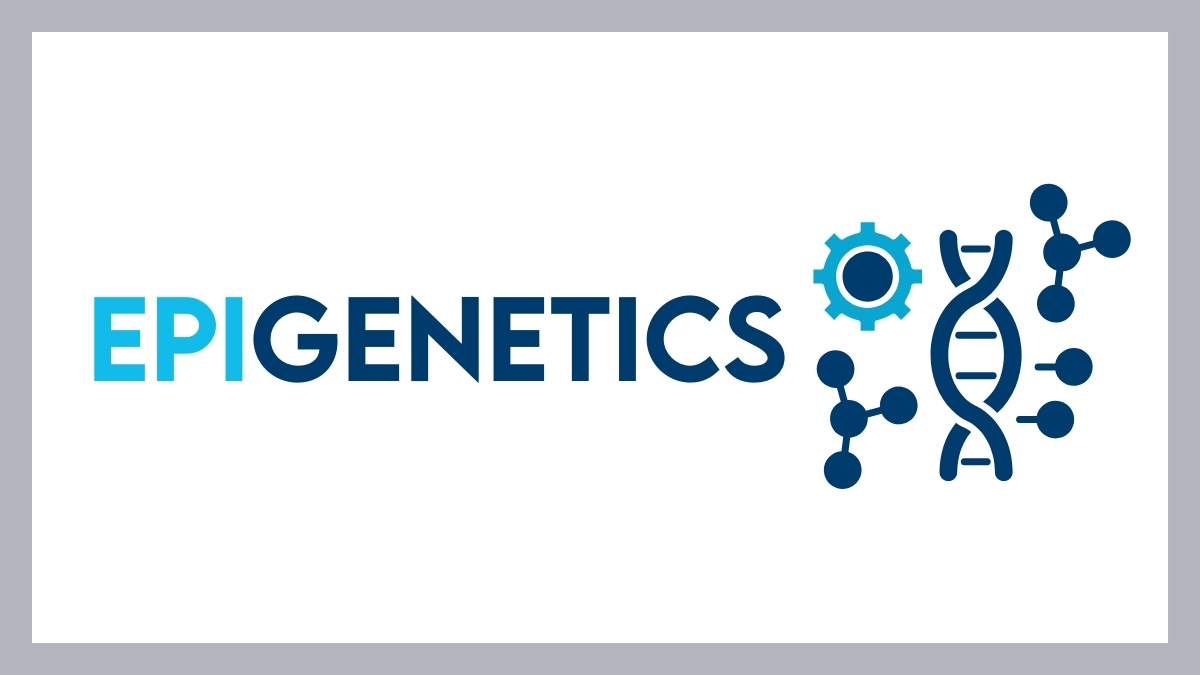
This changes everything we know about aging. Your genes load the gun, but your lifestyle pulls the trigger. And here’s the best part – you control the trigger.
Genetics vs Epigenetics: The Real Difference
Genetics is what you inherit from your parents. Brown eyes, height, disease risk. These stay the same your whole life. You can’t change them.

Epigenetics is different. It’s how your body reads those genes. Think of it like dimmer switches on lights. The light bulb (gene) stays the same. But you can make it brighter or darker based on what you do.
Your daily choices – what you eat, how you move, where you live – flip these switches. They tell your genes to work harder or take a break.
Why Your Real Age Isn’t What You Think
You have two ages. Your chronological age is simple – how many birthdays you’ve had. Your biological age is how old your cells actually are.

Here’s what shocked scientists: biological age can vary by up to 20 years among people born the same year. Two 50-year-olds can have cells that are 35 and 55 years old.
The Danish Twin Study found that only 20-30% of aging comes from your genes. The other 70-80% comes from your choices. This means you have more control over how you age than your family history suggests.
Real People, Real Results
Meet Sarah and Lisa, identical twins born with the exact same DNA. At 45, Sarah looks and feels 35. Lisa looks and feels 55. Same genes, different lives.

Sarah exercises regularly, eats mostly plants, manages stress well. Lisa smokes, eats processed food, works 70-hour weeks. Their gene expression lifestyle changes created two different aging paths.
This happens everywhere. Blue Zones are places where people live past 100 regularly. Okinawa, Sardinia, Costa Rica. Their genes aren’t special. Their lifestyles are.
How Your Body Actually Changes Your Genes
Your body has two main ways to control gene expression. Think of them as volume controls and bookmark systems.
DNA methylation works like a mute button. It can turn genes completely off without changing the gene itself. Eat too much sugar? Your body might mute genes that protect against diabetes.

Histone modification works like bookmarks in that cookbook. It makes some recipes easier to find and use. Exercise regularly? Your body bookmarks genes that build muscle and burn fat.
Why This Matters for Your Future
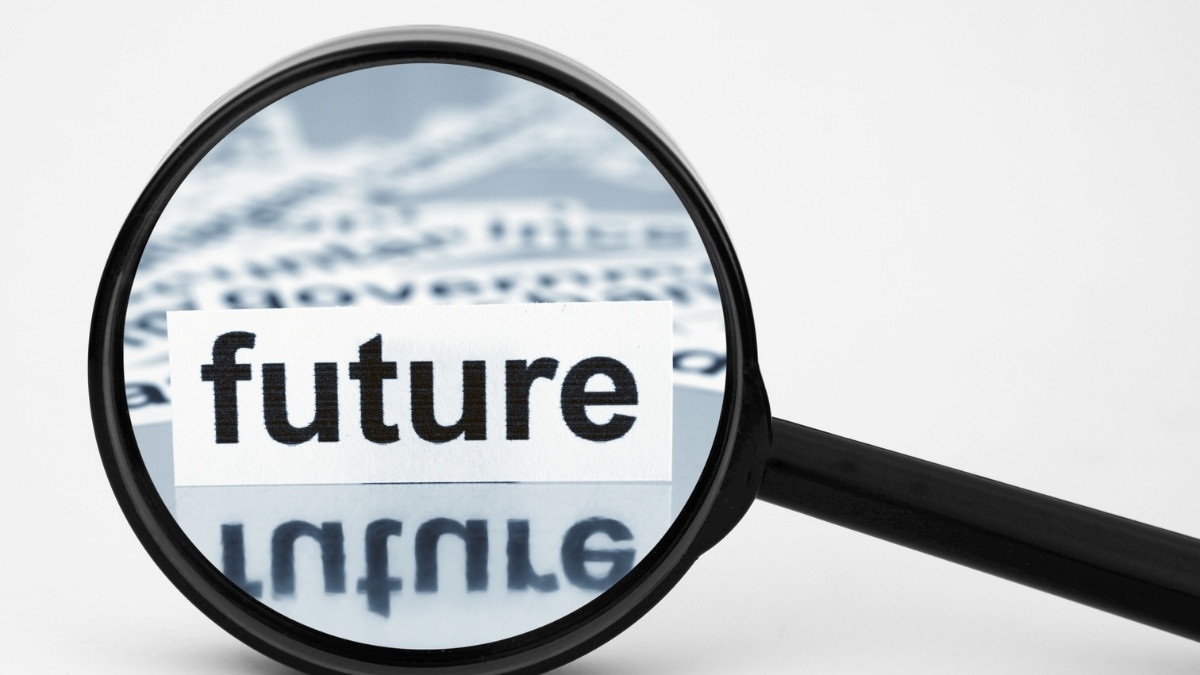
Epigenetic factors longevity in ways we’re just starting to understand. The biological age vs chronological age gap isn’t just about looking younger. It’s about living longer without disease.
People with younger biological ages have lower rates of heart disease, cancer, and dementia. They stay strong and sharp longer. They spend less time in hospitals and more time enjoying life.
The science is clear: you can influence your gene expression starting today. Small changes compound over time. Your future self will thank you for the switches you flip right now.
Exercise: Programming Your Genes for Youth
Your muscles aren’t the only thing getting stronger when you exercise. Every rep, every step, every drop of sweat sends signals to your DNA. These signals tell your genes to act younger.

But not all exercise works the same way. Some types flip youth switches better than others. Here’s how to pick the right moves to program your genes for longevity.
Why Exercise and Gene Expression Go Hand in Hand
Regular exercise activates over 1,000 genes related to longevity. That’s like turning on a thousand tiny anti-aging machines inside your body. Each one works to keep you young.
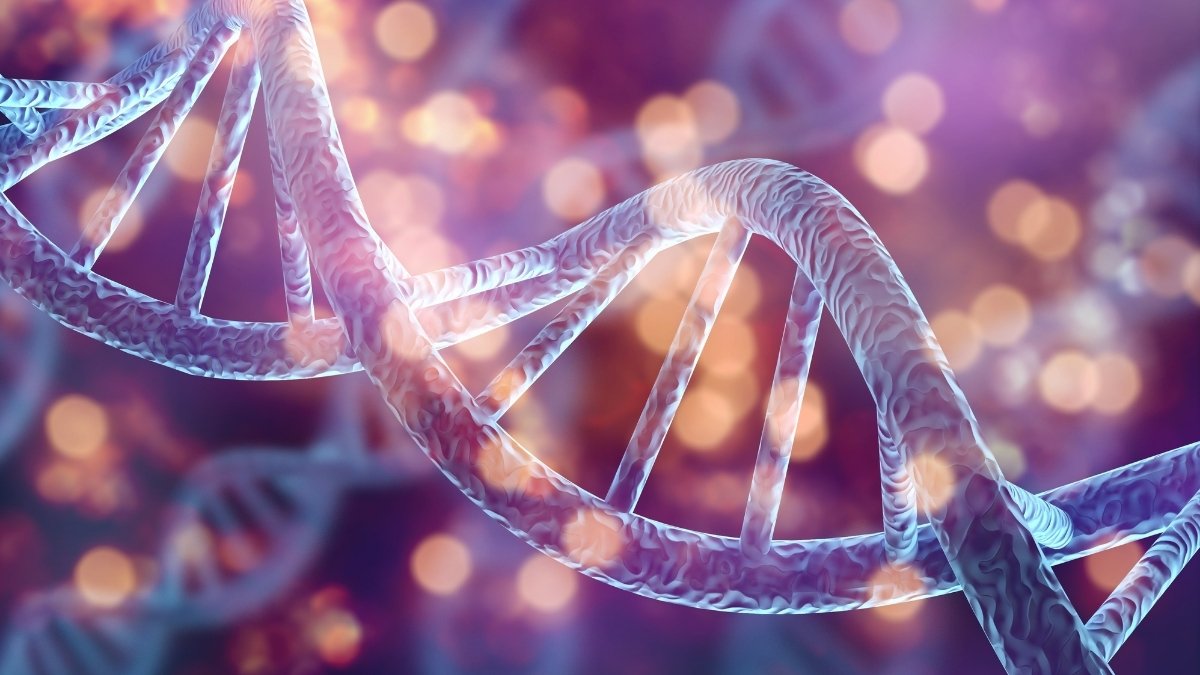
Exercise tells your cells to make more energy factories (mitochondria). It signals genes to build stronger muscles and bones. It even activates genes that fight inflammation and repair damage.
The best part? You don’t need to become a gym rat to get these benefits. Your genes respond to movement within minutes of starting.
HIIT: The Youth Fountain in Your Gym
High-intensity interval training (HIIT) might be the closest thing to a fountain of youth. Studies show HIIT training can reverse cellular aging by up to 13 years. That’s not a typo.
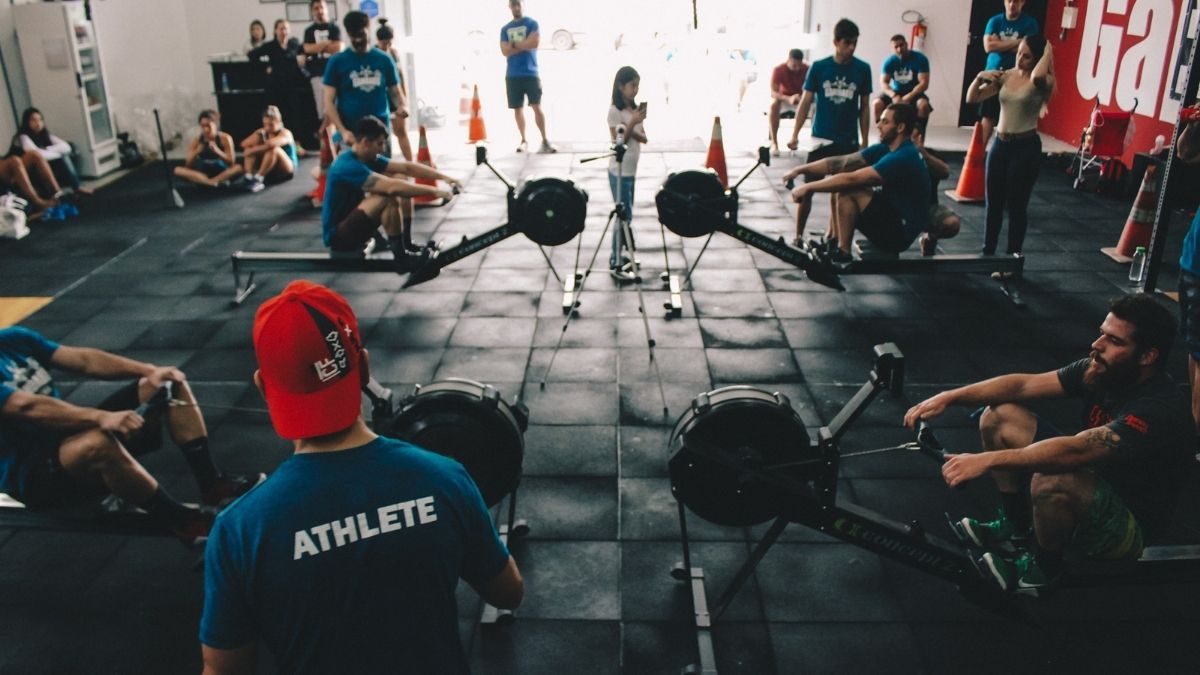
HIIT works because it stresses your cells in a good way. Like a fire drill that makes everyone stronger. Your genes scramble to repair and rebuild, creating younger, tougher cells.
The magic happens in your mitochondria. HIIT forces old, tired energy factories to work harder. The weak ones die off, and your body builds fresh, powerful replacements.
The 3-2-1 HIIT Protocol That Works
Here’s a simple formula that flips your youth genes: 3 minutes warm-up, 2 minutes hard work, 1 minute recovery. Repeat 4-6 times.
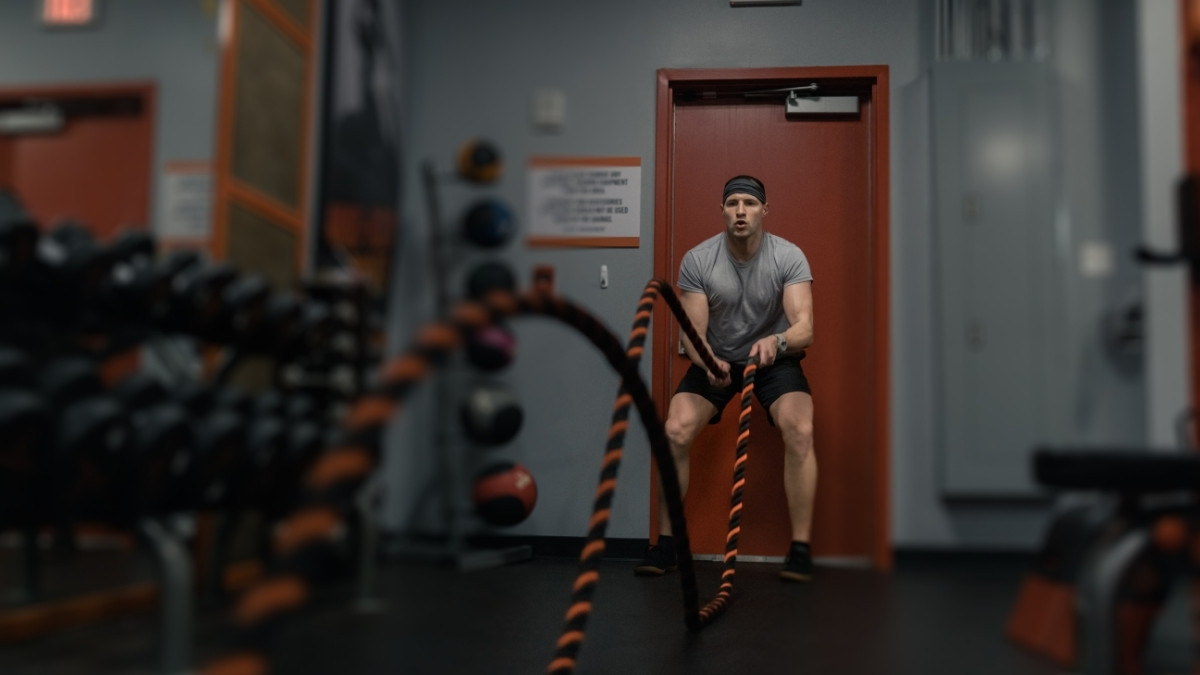
“Hard work” means you can barely talk. Think 8 out of 10 effort. You can use any exercise – bike, run, jump rope, even bodyweight moves.
Do this 2-3 times per week. That’s it. More isn’t always better when it comes to how to reverse aging naturally.
Zone 2 Cardio: The Longevity Sweet Spot
Not every workout needs to hurt. Zone 2 cardio is the gentle giant of anti-aging exercise. You can still hold a conversation, but you’re breathing deeper than normal.
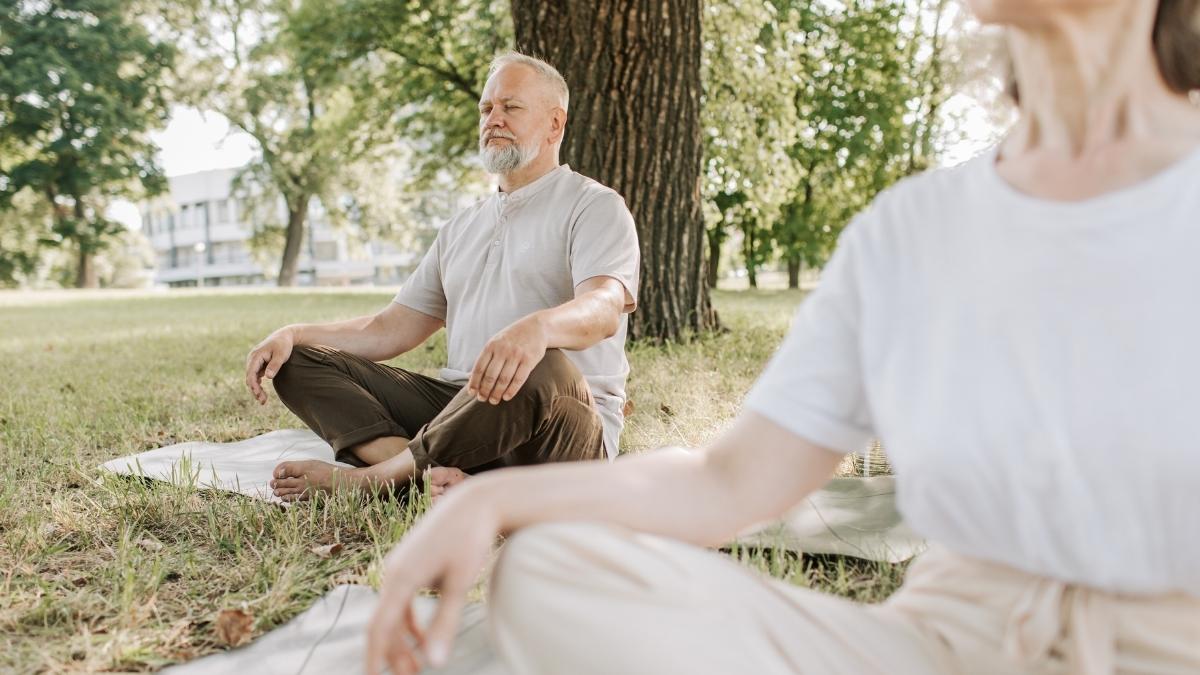
This type of exercise teaches your body to burn fat better. It builds new blood vessels and improves how your cells use oxygen. Think of it as maintenance mode for your engine.
Walk briskly, bike at a steady pace, or swim laps for 45-60 minutes. Do this 2-3 times per week alongside your HIIT sessions.
Lifting Weights: Your Growth Hormone Hack
Resistance training doesn’t just build muscle. It signals genes to pump out growth hormone and testosterone. These hormones keep you strong, lean, and energetic as you age.

Your body makes less of these hormones every year after 30. But weight training can boost production by 200-400%. That’s like turning back the clock on your hormone factory.
You don’t need heavy weights or fancy equipment. Bodyweight exercises, resistance bands, or light dumbbells work fine. The key is challenging your muscles 2-3 times per week.
Exercise-Induced Autophagy: Your Cellular Cleanup Crew
Here’s something cool that happens when you exercise: your cells start spring cleaning. This process is called autophagy. It’s like a garbage truck for damaged cell parts.
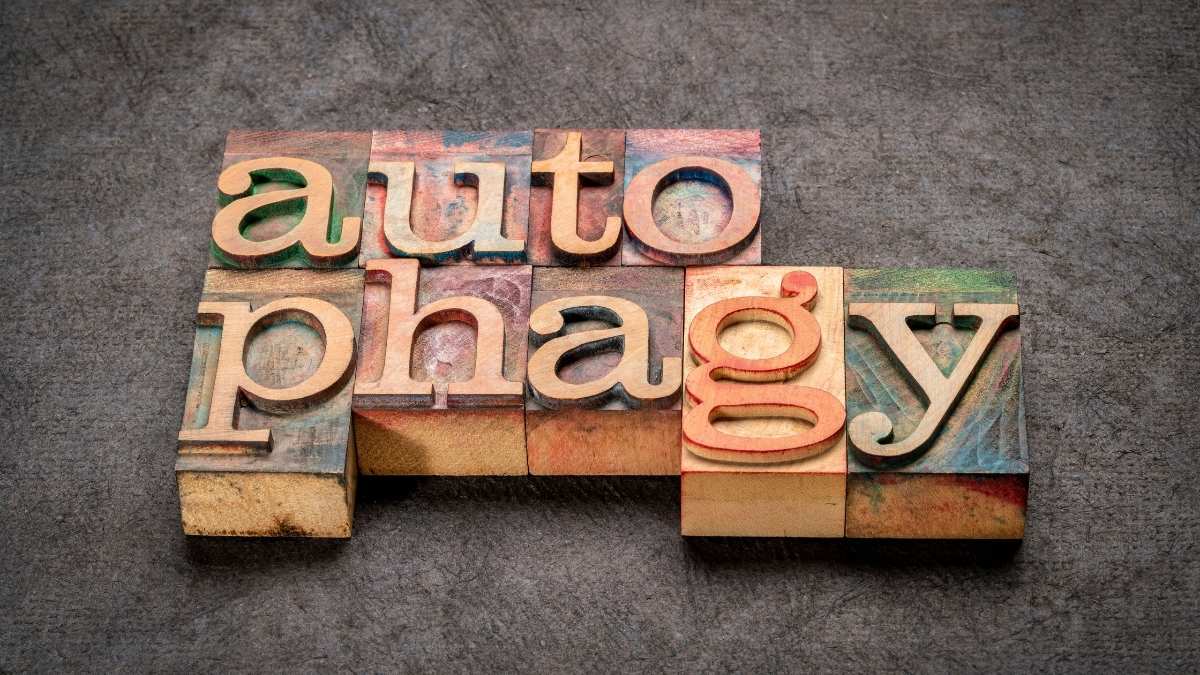
Exercise turns on genes that activate this cleanup crew. Old, broken proteins get recycled. Damaged organelles get replaced. Your cells literally become cleaner and more efficient.
This is one reason why epigenetic factors longevity improve so much with regular movement. Clean cells are young cells.
The Minimum Dose That Actually Works
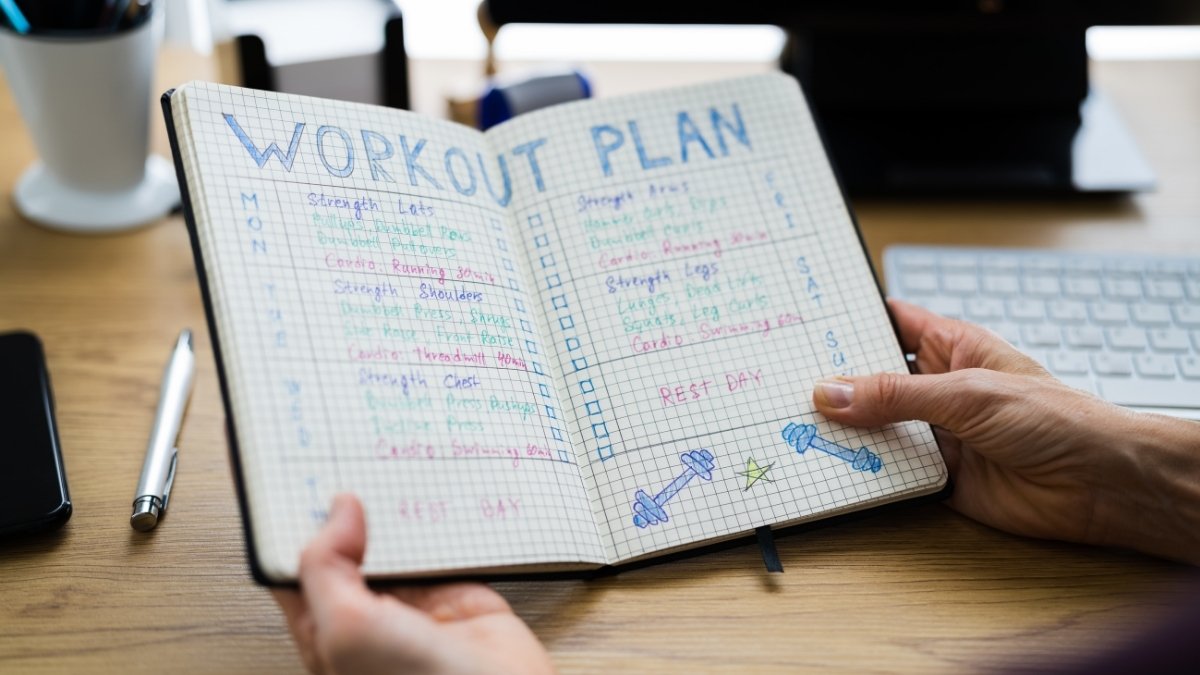
You don’t need to live at the gym to get these genetic benefits. Here’s the minimum effective dose that research supports:
Week 1-2: Start with 20 minutes of Zone 2 cardio, 3 times per week. Add 15 minutes of bodyweight exercises twice per week.
Week 3-4: Add one 15-minute HIIT session per week. Keep everything else the same.
Month 2 and beyond: 2 HIIT sessions, 2 Zone 2 sessions, 2 strength sessions per week. That’s 6 workouts, but most are short.
What This Means for Your Future
Exercise might be the most powerful tool you have to control how you age. It’s free, it’s available anywhere, and it starts working immediately.
Your genes don’t care if you’re out of shape right now. They only care what you do today. Start small, stay consistent, and watch your biology respond.
The person who exercises regularly at 60 often has the gene expression of someone 20 years younger. That could be you.
Sleep, Stress, and Environmental Factors That Age You Fast
You brush your teeth and exercise, but you might be missing the biggest aging accelerators in your daily life. Poor sleep, chronic stress, and hidden toxins can add decades to your biological age without you knowing it.

The good news? These environmental factors aging your body are mostly under your control. Small changes in how you sleep, handle stress, and protect yourself can flip your genes back to youth mode.
Why Sleep Is Your DNA’s Best Friend
While you sleep, your cells work overtime to repair DNA damage from the day. Think of sleep as your body’s nightly maintenance crew. They fix what’s broken and clean up the mess.
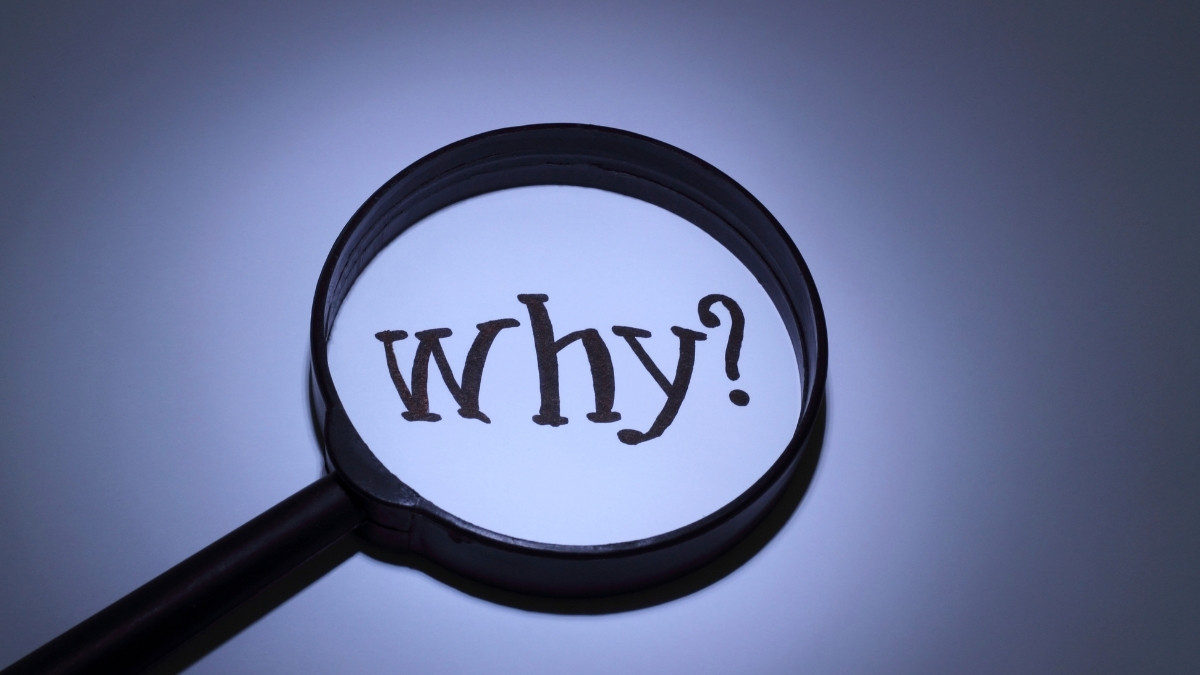
Poor sleep quality ages you 5-7 years biologically. That’s because tired cells can’t do their repair work properly. Damaged DNA piles up, and your genes start acting older.
Sleep Protocol That Works
Go to bed at the same time every night. Your internal clock controls over 1,000 genes, and consistency keeps them happy. Keep your room cool (65-68°F) and completely dark.

Stop screens 2 hours before bed, or wear blue light glasses. Blue light tricks your brain into thinking it’s daytime, which messes up your DNA repair schedule.
How Stress Ages You at the Cellular Level
Chronic stress shortens telomeres equivalent to 14 years of aging. That means a stressed 40-year-old can have the cells of a relaxed 54-year-old.

Stress also cranks up inflammation genes while turning down repair genes.
Quick Stress Fixes That Help Your Genes
Deep breathing for just 5 minutes activates genes that fight stress and inflammation. Try the 4-7-8 method: breathe in for 4, hold for 7, exhale for 8. Regular meditation changes stress and gene expression within 8 weeks.

Spending time in nature lowers stress hormones and activates genes linked to longevity. A 20-minute walk in the park beats scrolling social media every time.
Hidden Toxins That Make Your Genes Act Old
Your environment is full of chemicals that confuse your genes. Pesticides, plastics, and air pollution can flip switches that speed up aging.
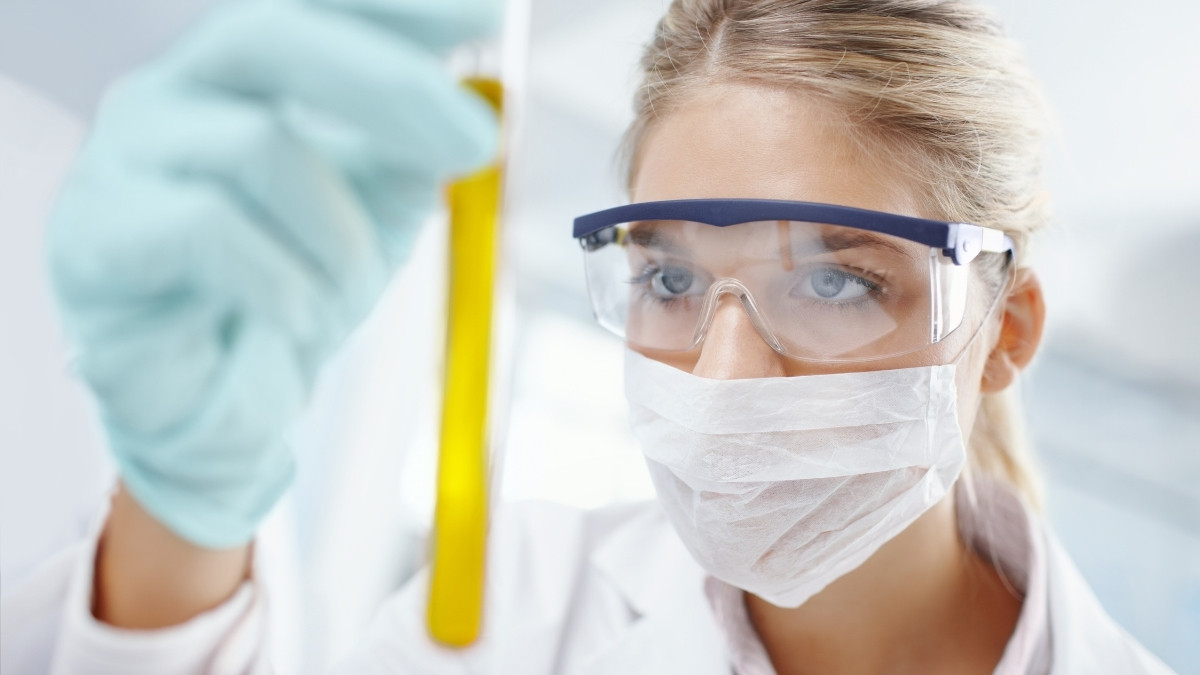
The biggest culprits hide in everyday items: plastic water bottles, non-stick pans, conventional produce, and household cleaners.
Quick Toxin Avoidance List
Drink from glass or stainless steel bottles instead of plastic. Buy organic versions of the “Dirty Dozen” fruits and vegetables. Use natural cleaning products or make your own with vinegar and baking soda.
Light Controls Your Genetic Clock
Morning sunlight tells youth genes to wake up and start working. Get 10-15 minutes of bright morning light within an hour of waking. This sets your genetic clock and improves sleep quality later.

Dim the lights 2 hours before bedtime. This helps your body make melatonin, which protects your DNA from damage overnight.
Social Connections Keep You Young

Strong social connections activate genes that fight inflammation and boost immunity. Loneliness does the opposite – it turns on genes that increase inflammation and suppress immune function. Call a friend, join a group, or volunteer in your community.
Your Daily Action Plan
Morning: Get sunlight, practice 5 minutes of deep breathing, drink from glass containers. Evening: Dim lights, avoid screens, keep your bedroom cool and dark.
These small changes work together to create an environment where your epigenetics and aging genes can do their best work
Cutting-Edge Interventions and Future Possibilities
The basics work great, but what if you want to push the envelope? Scientists are testing new ways to turn back your biological clock faster than diet and exercise alone. Some are available now, others are coming soon.
Here’s what’s real, what’s promising, and what you need to know before spending your money. Not everything that sounds amazing actually works.
NAD+ Boosters: Recharging Your Cellular Batteries
Your cells run on a molecule called NAD+. Think of it as the fuel that powers your cellular repair systems. The problem? NAD+ levels decline by 50% between ages 40-60.
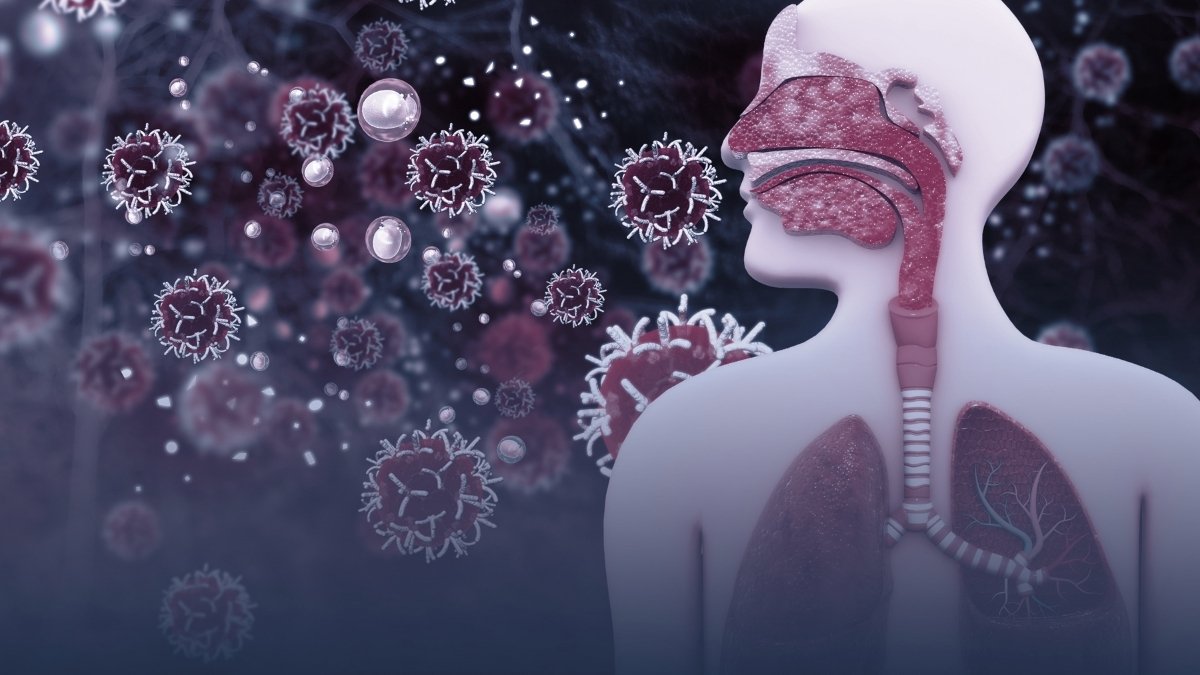
That’s like your phone battery slowly dying as it gets older. NAD+ boosters like NMN and NR claim to recharge those cellular batteries. Early research looks promising, but human studies are still limited.
The supplements are expensive – $50-200 per month. They might help, but the jury’s still out on whether they’re worth the cost.
Metformin: The Diabetes Drug That Fights Aging
Metformin is an old diabetes medication that caught scientists’ attention. Metformin users show 15% reduction in all-cause mortality, even compared to healthy non-diabetics. That’s impressive for any anti-aging intervention.
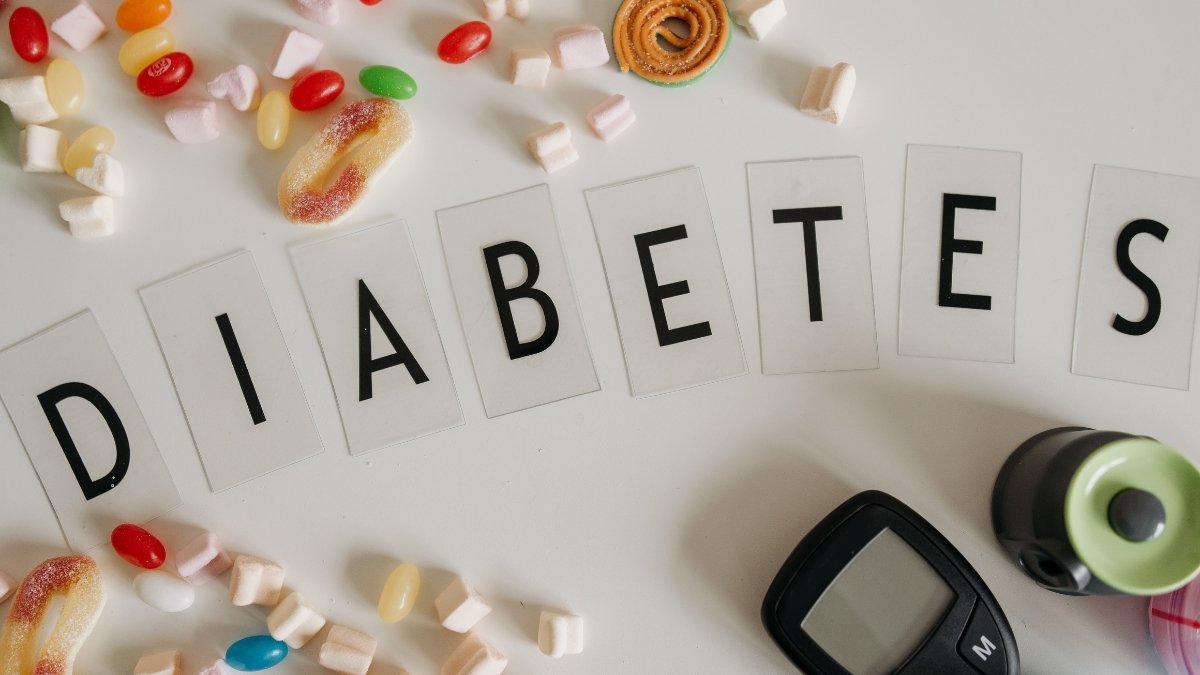
The drug seems to activate the same longevity pathways as calorie restriction. It also reduces inflammation and may protect against cancer and heart disease.
Some longevity doctors prescribe it off-label for healthy people. But it’s still a prescription drug with side effects. You need medical supervision to use it safely.
Rapamycin: The Controversial Longevity Drug
Rapamycin extends lifespan in every animal tested – mice, flies, worms. It blocks a protein called mTOR that controls cell growth and aging. Lower mTOR activity often means longer life.
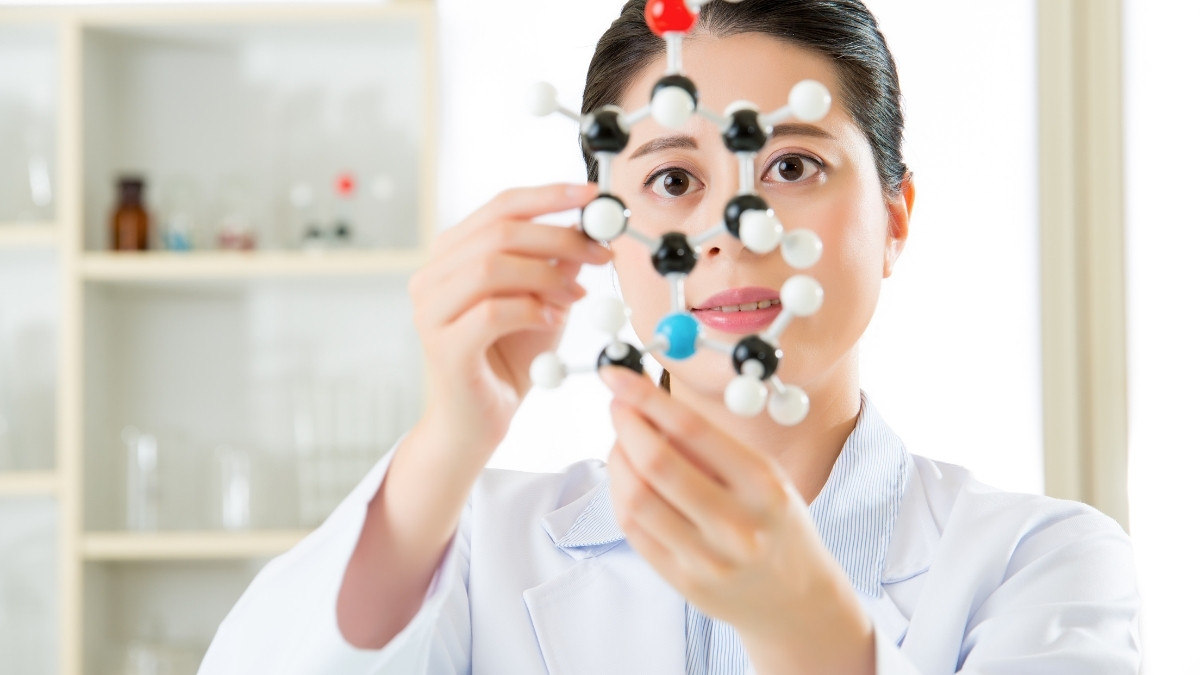
The catch? Rapamycin suppresses your immune system. It’s used to prevent organ rejection in transplant patients. Taking it for longevity is risky and controversial.
Some biohackers take it anyway, usually in small doses once a week. But the long-term effects in healthy people are unknown.
Gene Therapy: The Future of Anti-Aging
Scientists are working on ways to directly reprogram your genes back to a younger state. They’ve already done it in mice, reversing aging in eye, muscle, and brain cells.
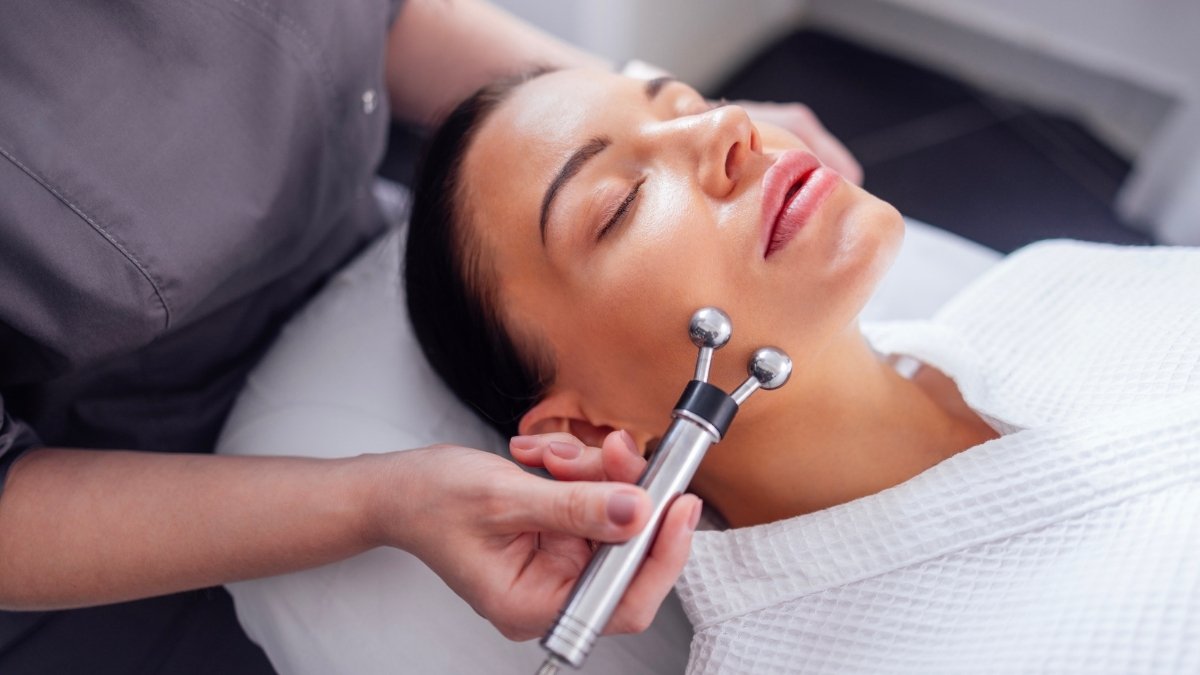
The technique uses special proteins called Yamanaka factors. These can turn adult cells back into stem-cell-like states. It’s like hitting the reset button on cellular aging.
Human trials are years away, but the early results are mind-blowing. This could be the biggest breakthrough in longevity research.
Cellular Reprogramming: Turning Back Time
Imagine if you could take your 50-year-old cells and make them act like they’re 20 again. That’s the goal of cellular reprogramming. Scientists use genetic switches to reverse cellular age.

Companies like Altos Labs and Retro Biosciences are betting billions on this approach. They think they can add 10+ healthy years to human lifespan within a decade.
The science is real, but it’s still experimental. Don’t expect treatments in your local clinic anytime soon.
What’s Available Right Now
The proven anti-aging supplements are pretty basic: vitamin D, omega-3s, magnesium. These aren’t sexy, but they work and they’re safe. More exotic epigenetic interventions are mostly unproven or risky.
Red light therapy and hyperbaric oxygen show promise for cellular repair. Cold plunges and saunas might help too. But the evidence is still building.
The most effective longevity research happens in your kitchen and gym, not in a supplement bottle.
The Reality Check You Need
Most anti-aging supplements aren’t regulated like drugs. Companies can make big claims with limited proof. Always check for human studies, not just test-tube research.
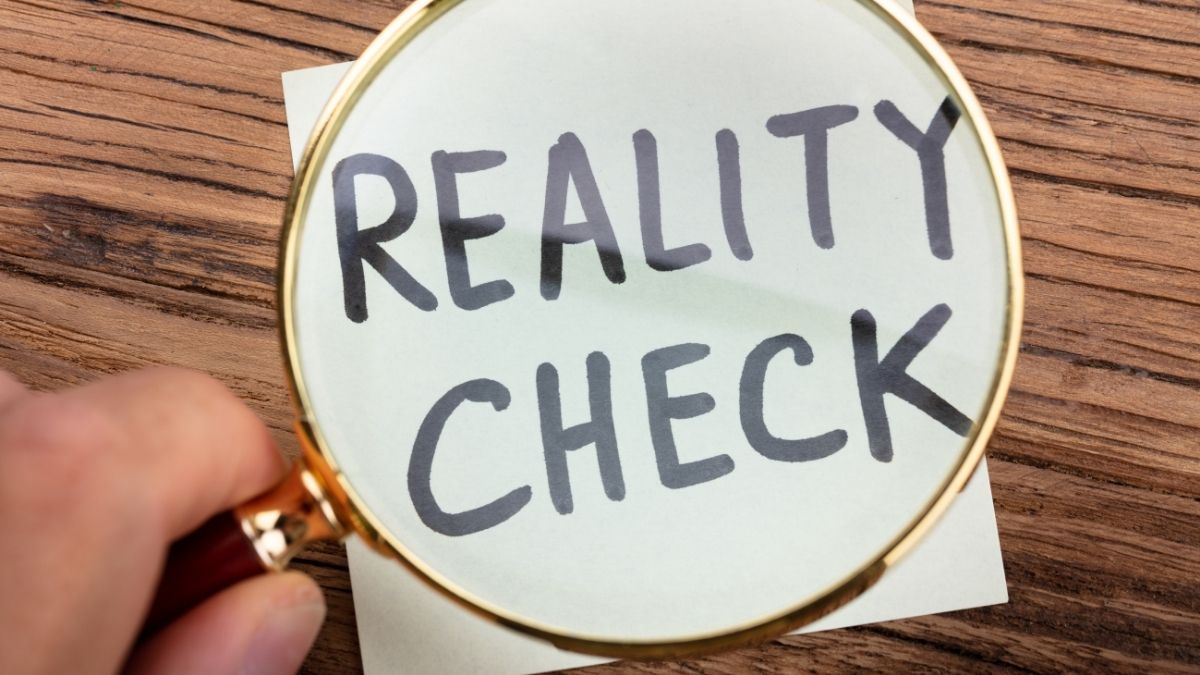
Work with a doctor who knows longevity medicine. They can run tests to see if expensive supplements actually help your biomarkers. Don’t guess with your health or wallet.
Remember: the basics still matter most. Perfect your diet, exercise, sleep, and stress management before chasing the latest miracle pill.
What’s Coming Next
The next 10 years will bring major breakthroughs in longevity research. Gene editing, cellular reprogramming, and AI drug discovery are accelerating progress. We might see treatments that add decades to healthy lifespan.
But for now, focus on what works today. The future of anti-aging is exciting, but your health can’t wait for it.
CONCLUSION:
Your genes don’t control your fate. Genetics load the gun, but epigenetics pulls the trigger. Lifestyle choices have a profound impact on gene expression. Simple daily practices can reverse biological aging.

The science is advancing rapidly, but the basics are available now. You can start changing how your genes work today. Every healthy choice you make sends signals that slow aging and boost repair.
Start with one simple change today – whether it’s adding cruciferous vegetables to your diet, trying intermittent fasting, or improving your sleep quality. Your genes are listening, and they’re ready to help you age in reverse.
The power to age better isn’t in your DNA. It’s in your daily choices.



